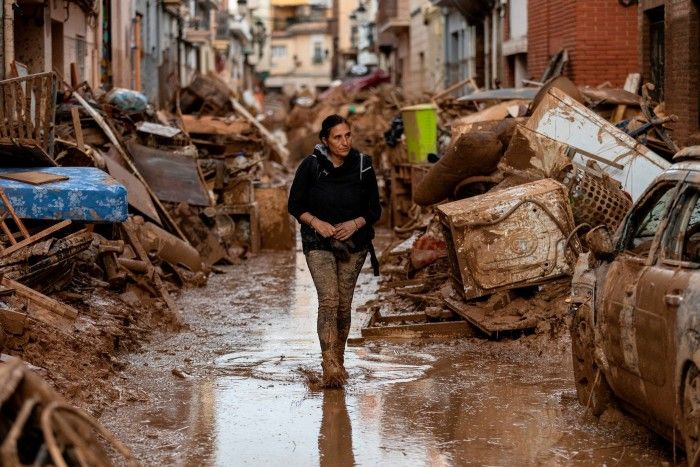Loss and Damage Fund Launched After Decades in Development

MANILA, Philippines - A groundbreaking loss and damage fund for climate change has finally come online after over three decades of discussions. The initiative, which was first proposed by developing nations at COP27 in Sharm el-Sheikh two years ago, aims to provide critical financial support to countries most severely impacted by the effects of global warming.
The $700 million initial finance injection marks a significant milestone for the fund's establishment and is seen as a crucial step towards addressing the pressing issue of climate-induced loss and damage. The World Bank will act as an interim arrangement to hold the initial pledges from nations such as France, Italy, Germany, and the United Arab Emirates.
The launch is welcomed by many as a long-overdue acknowledgment that developed countries, which have benefited from burning fossil fuels, should take responsibility for compensating poorer nations for the devastation wrought by climate change. According to Ibrahima Cheikh Diong, the fund's newly appointed executive director, "this pivotal moment requires global solidarity" and immediate action to address the existential threats posed by the climate crisis.
However, some experts caution that even with this significant investment, the fund still falls short in addressing the magnitude of the problem. Ritu Bharadwaj, principal researcher at International Institute for Environment and Development (IEED), notes, "there's a lot of zeros missing" compared to what is needed, highlighting concerns about adequate resources and necessary mechanisms to ensure finance reaches those most vulnerable.
Developing nations emphasize that they have been underfunded despite their severe climate needs. Somalia's president, Hodan Osman, criticizes the slow pace of climate financing, stating "way more humanitarian aid is spent than on prevention measures." Similarly, Dominica, which suffered significant destruction from Hurricane Maria in 2017, faces ongoing concerns about access to vital support.
"It's a black box," says Osman. "When are we going to get this money? It's not flowing through in the way that it should."
The IEED suggests setting aside 40% of funds for fragile states like Somalia, which is critical given their limited infrastructure and capacity for disaster resilience. Climate change exacerbates cycles of poverty, hunger, and violence in these countries, according to Bharadwaj.
Climate financing tends to favor safer bets, such as larger populations or higher-risk assessments. However, this often leaves vulnerable nations with little hope of receiving support.
The creation of a loss and damage fund represents a key opportunity for collective action on climate change, addressing both mitigation and adaptation efforts and providing critical support to at-risk countries.
Next Steps:
- Initial grants from the World Bank are expected in 2025.
The International Recovery Platform reports significant destruction across smaller islands due to increased frequency and intensity of extreme weather events.
Advocates stress that rich and poor nations must collaborate on climate action.
- Financing priorities will focus on supporting vulnerable populations and addressing root causes of migration linked to slow-onset climate events.
(To view this article, visit: https://www.alyarian.com/news/loss-and-damage-fund-now-up-and-running/)
